על ידי כריס Grinter, on April 19th, 2011
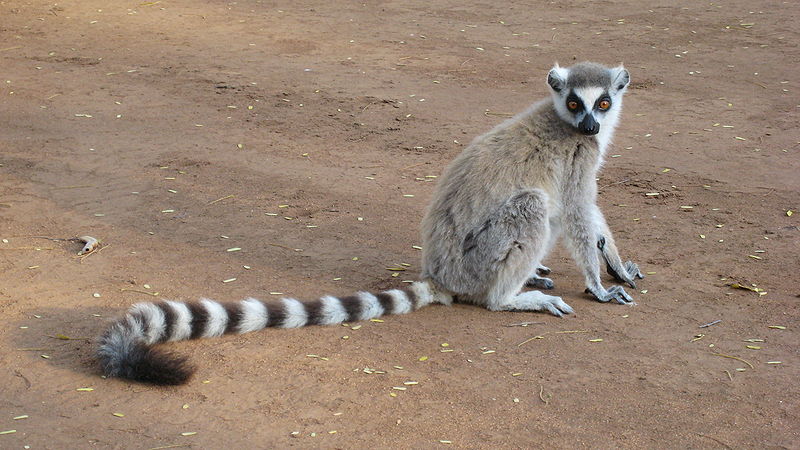 Source: Wikipedia It turns out that Richard Branson has a new idea; to save the ring-tailed lemur (Lemur catta) על ידי importing them to his private British Virgin Island. As the article points out Branson spent millions of pounds and years of effort to turn the island into “the most ecologically friendly island in the world”. But it appears Mr Branson has decided to forgo conservation science and rewrite it in a more PR friendly way. In come the lemurs despite the cautions of his own ecological assessment because he wants “…to create a second island habitat and the conditions on Moskito are perfect.” Perhaps Branson has a bizarro world dictionary where the definition of the word perfect is “something completely dissimilar from the original”.
OK sure, at first the idea sounds like a fine one – the lemurs are endangered, why not try to give them a second wild refuge? ובכן, Dr James Lazell of the Conservation Agency has had 31 years experience in the Virgin Islands and has pointed out that “Lemurs are agile, dexterous, aggressive, omnivorous animals that could have a detrimental effect on these simple island ecologies. They eat absolutely everything – lizards, fruit, roots, חרקים, birds’ eggs.” Oh but don’t worry, nothing bad can happen when you introduce primates to an island (introduced primates devastate Florida Key). Branson knows that the lemurs will only “take the odd gecko” (like the rare endemic dwarf-gecko Sphaerodactylus parthenopion), not to mention they probably won’t spread to other islands since they “hate swimming” (ring tailed lemur swimming).
So why then the ring-tailed? Not because it is the most endangered (יש lots of other more endangered lemurs), but because it is the most iconic. That is what really drives me up the wall about this ridiculous idea. Not only is he naively introducing a possibly invasive species into a sensitive island habitat – but because he is spreading a false message of conservation. Like a slow child Branson has rushed to the ring-tailed to save it while completely missing the entire idea behind conservation. The ring-tailed is a flagship species, one that draws attention to the devastation that is occurring in Madagascar. One cute cuddly animal to represent the staggeringly unique and diverse habitats of its homeland. But not if Richard Branson has anything to say about it. Why bother protect Madagascar when you can swoop in and create a new home for a primate everyone loves? פיו, crisis averted. Richard fiddles while Madagascar burns.
I suspect this freakish island zoo is simply masquerading as conservation and the real incentive behind it is commercial. Over the next few years there will be a handful of “luxury, carbon-neutral homes built on the island”. A pretty brilliant scheme to incentivize the purchase of homes that undoubtedly will cost tens of millions of dollars each – and you can pretend to feel good about protecting the world while you do it. After all the Virgin Islands lack any charismatic wildlife; nature sure does a terrible job of creating a billionaires wonderland. What comes next to the island?
Maybe… just maybe… Branson has Dr. Moreau moving in first.
על ידי כריס Grinter, ב -18 באפריל, 2011 A few weeks ago I was invited to join a Berkeley entomology class out in the field for the weekend. Our destination was the Blue Oak Ranch Reserve; one of the newest reserves to the University of California system located just outside of San Jose on Mount Hamilton (map below). It was a joint spider and beetle class trip, hosted by Charles Griswold ו - Dave Kavanaugh respectively. And despite a frost on Saturday night we managed to find some interesting insects. You’ve already seen my images of the סקפינוטוס (Carabidae), but here is a larger set of images from both myself and colleague and fellow blogger Tamas SZUTA.
 Staphylinidae: Aleocharinae? 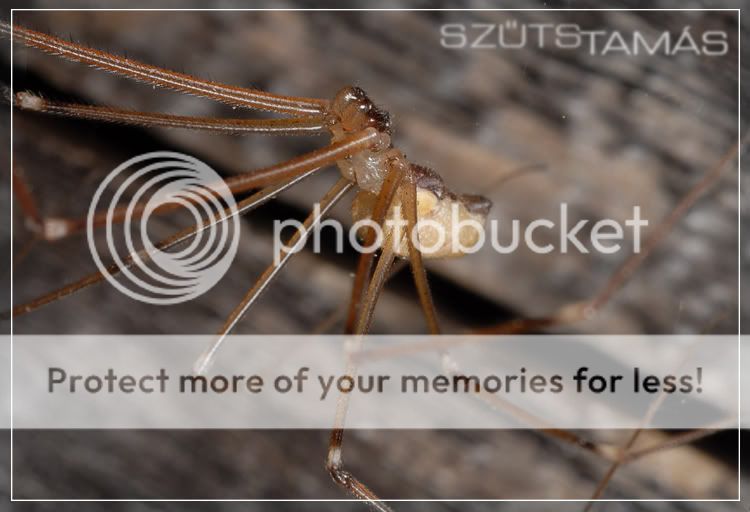 Pholcidae : likely Pholcus sp. 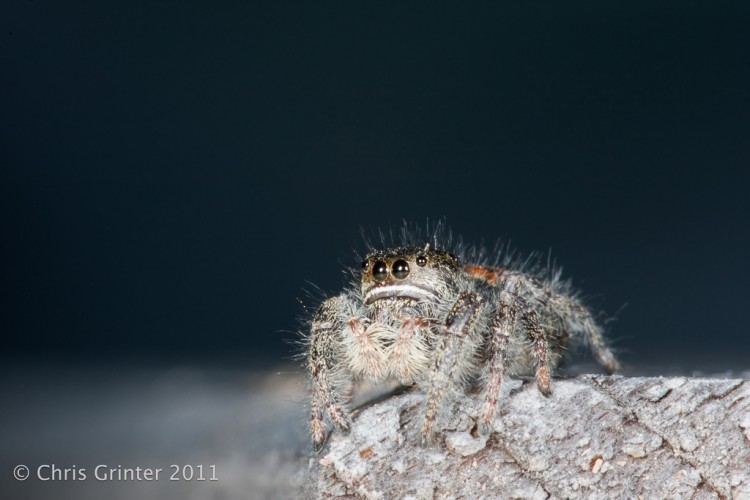 Salticidae: Phidippus sp. Continue reading Blue Oak Ranch Reserve
על ידי כריס Grinter, ב -6 באפריל, 2011 אישור – כמה התנצלויות על שלא מלאים תמונות * עדיין * של הזחלים בשאלה (אני בכמה ימים!). במהלך סוף השבוע הייתי יוצאים עם קבוצה של סטודנטים בברקלי בהר המילטון ומועמד לתואר שלישי Meghan קלפ אסף כמה מינים של Scaphinotus וכמה זחלים! So the specimen from Monday was indeed the larvae of a Scaphinotus beetle feasting inside the shell of a native terrestrial snail. This challenge was a hard one since these predatory Scaphinotus larvae are rarely encountered and there are zero images of out there – and none of them feeding. Better luck next time!
For now, here is an undetermined Scaphinotus species. In the coming weeks I will have 4-5 species photographed and identified (by Meghan) – and the larvae will have to be sequenced for species ID. השארו.
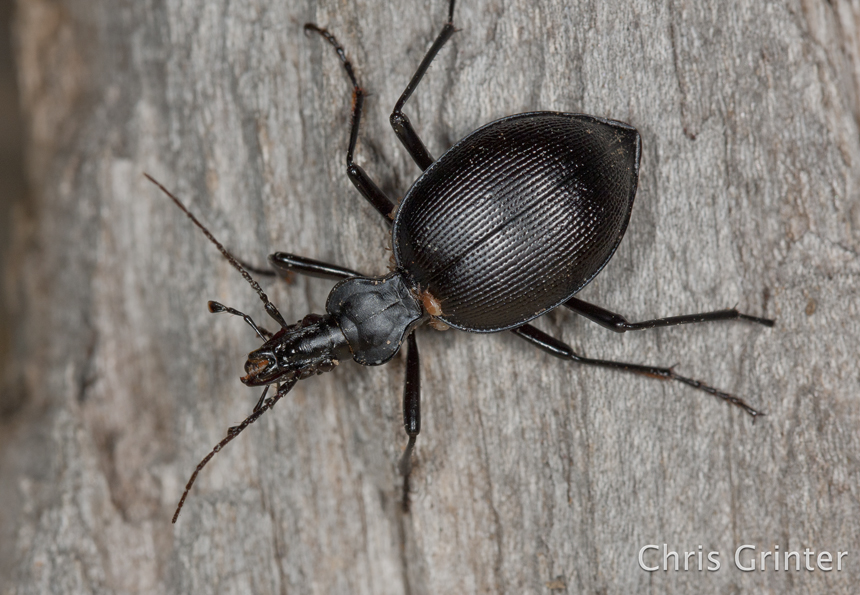
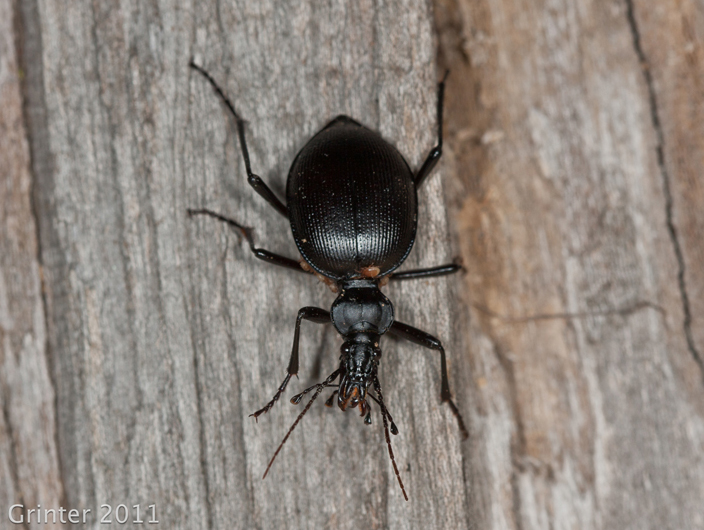
על ידי כריס Grinter, ב -4 באפריל, 2011 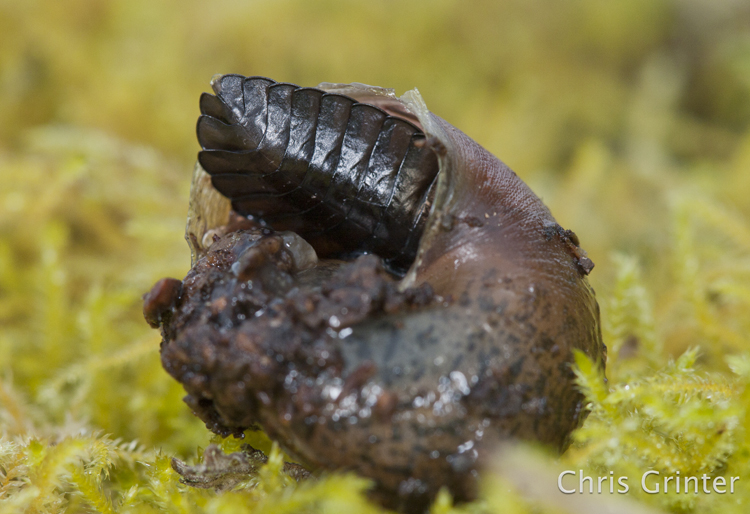
נתקל הבחור הזה בזמן שעבד בשדה ביום האחר, מה קורה כאן? נקודות מוענקות ללהזמין / משפחה / סוג – אבל אפילו מומחים בקבוצה זו לא יכולים להבין את המין די עדיין.
(everyone in the field with me should hold their comments until the guesses come in!)
על ידי כריס Grinter, במרס 30, 2011 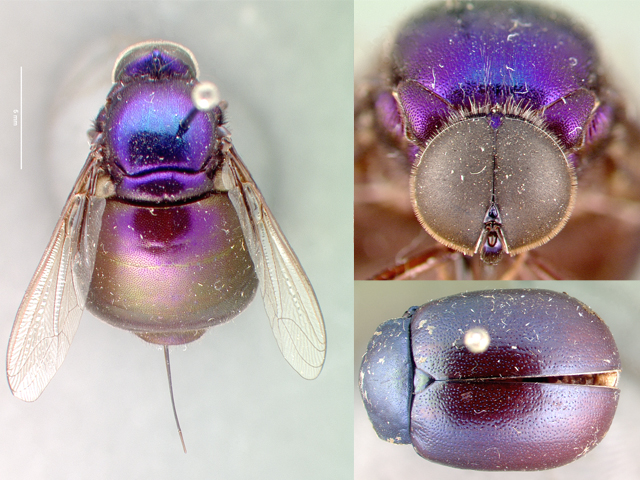 זכוכית klettii: תמונות על ידי אפריל Nobile, CAS זכוכית klettii: תמונות על ידי אפריל Nobile, CAS
לזבובים לרוב אינם חרק אני מקבל מתרגש יתר על המידה על. עם זאת, משפחת Acroceridae המסתורית הם היוצא מן הכלל. אני אתחיל שיתוף כמה genera מעניין מעת לעת – המורפולוגיה של המשפחה היא מגוונת להפליא. Most of my days are spent at the museum inventorying our massive collection of over 16,000 Acorcerids (aka small-headed flies). That may not sound all too impressive when you compare it to other more abundant families (and it does pale in comparison to the over 17,500,000 other specimens we do have in the museum); but it turns out to represent many, if not most, of all known specimens for the entire family. While there are likely large assemblages of these flies in other institutions, the California Academy of Sciences can easily claim the record ever since receiving the collection of Dr. Evert I. Schlinger (who occasionally comes in to work from the museum).
Acrocerids turn out to be a rather difficult group to study because of how rare they are in nature, their parasitoid biology, and how difficult they can be to catch on the wing. Their large thorax is packed with muscles that rocket the fly through the air – so if you don’t catch them at a flower you’re left longing for a Malaise trap. Ev did tell me one story of learning to catch these on the wing in Costa Rica. You stand downwind from a colleague in the field – as soon as someone hears something zip past, you swing wildly hoping to snare the fly by chance… it does work every once in a while. These flies are also the only known endoparasites of adult spiders (there may be a record of a Tachinid…). The above genus, NeoLasia, is a parasite of Theraphosid tarantulas (something like Aphonopelma). As a larvae the fly works its way up the legs of a spider and burrows into the abdomen where it then settles in next to the book lung and pokes a little breathing hole. Then it waits patiently for the spider to near maturity. With female tarantulas, the fly could be dormant for decades. Eventually something akin to the movie Aliens happens and the larvae feeds on the internal organs of the spider then emerges to pupate. But figuring out whether or not a spider has a parasite is impossible without a dissection – so large collections of live spiders must be maintained to obtain host records. Parasitoid biology is just so cool.
The above specimen (זכוכית klettii a new, unnamed, מינים) was collected in 1977 by Schlinger near the town of Alamos, מקסיקו – on flowers with the likely mimic model, a Chrysomelidae beetle (beetle people, any ideas beyond family?).
על ידי כריס Grinter, on March 24th, 2011 Better be careful of what you do while out in the countryside. Farms can be dangerous places, especially if you’re a photographer. Proposed legislation in Florida, titled simply “farms”, is attempting to make photography or drawings in, on or of a farm without explicit written consent a first degree FELONY (up to 30 years in prison). What could possibly be the justification for this legislation? Journalist Barry Doyle suggests the good Senator is tightly in the pockets of Agribusiness – looking out for those poor farmers who are targeted by animal rights groups or even worse – human rights groups! I tend to concur, this legislation is a disgusting piece of corruption. It gets pretty bad:
(2) A person who photographs, video records, or otherwise produces images or pictorial records, digital or otherwise, at or of a farm or other property where legitimate agriculture operations are being conducted without the written consent of the owner, or an authorized representative of the owner, commits a felony of the first degree…
I strongly encourage any of my Florida readers to write to Senator Norman and express your absolute disgust in his legislation.
14031 N. Dale Mabry Blvd.
Tampa, FL 33618
(813) 265-6260
Senate VOIP: 41200
I also encourage everyone else everywhere else to write to your US representative and exclaim your outrage over this possible violation of first amendment rights (only a proposed violation at this moment).
And just for good measure, here is a bad cellphone picture I took while in Oregon with lots of farms.
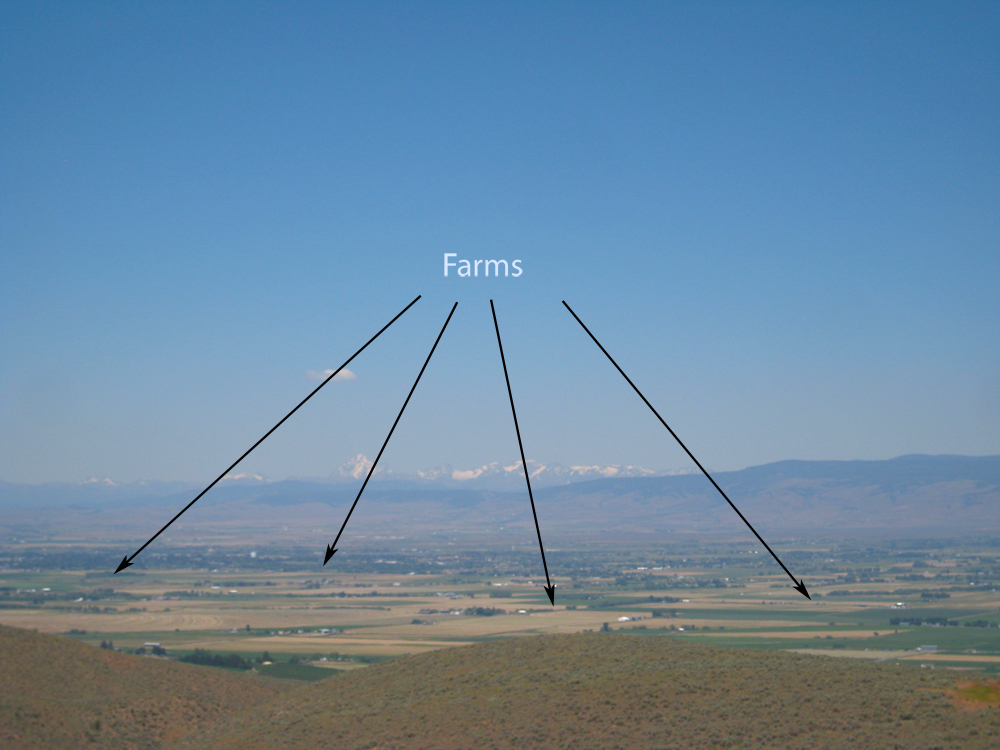
על ידי כריס Grinter, במרס 22, 2011 בדרך כלל אני נתקל מאמרי אנטומולוגיה נוראים מספיק באופן קבוע כי אני שומר צבר לסדרה עתידית. זה לא היה המקרה בשבועות האחרונים, אני לא נתקל במערך הרגיל של crud תקשורת הנוראה. אולי אני פשוט לקבל תשוש ולהפסיק להסתכל בזהירות – but this week I even came across a moth related correction from the Maui News. They fixed their error, but must have deleted the original article…
And for this week I found מאמר זה with the image below. Should be pretty easy to spot the weirdness (they do at least manage to point out that the moth is לא the LBAM (light brown apple moth)).
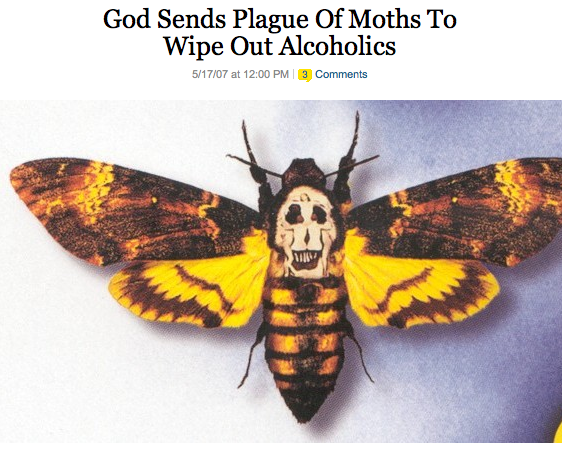
על ידי כריס Grinter, במרס 18, 2011 
אולי המקום היחיד בעולם שבו אתה יכול למצוא ביזון אמריקאי (לעומת. תאו) עמד ליד חוף ליד עץ דקל. השבוע בסנטה קטלינה היה אחד נפלא, ולמרות אביב מגניב עם כמה כפור שלא בעונה, קצת איסוף הגון נעשה. הנה רק כמה תמונות משעשעות ותבחין בדבר אחד מיד: אין שדות של פרחי בר! כפי שמתברר, כמעט מאה של עז, רעיית חזירים וביזונים השאירה בעיקר דשא וקקטוסים באי. בשלב מסוים נגמרו 1000 ביזונים ואינספור עדרי עיזים; זה פלא שמשהו שרד בכלל! היום, למרבה המזל נותרו רק כ-200 ביזונים צנועים שהם אפילו במניעת הריון (ניחשת את זה, אתה לא יכול לירות בדברים הארורים מאז אנשים “אהבה” אוֹתָם – בדיוק כמו האקליפטוס המטופש שאי אפשר לקצץ). בתוך 1924 קטן שמעו על ביזון הובאו לצלם את הסרט האמריקאי הנעלם. כמובן, הפרויקט חורג מהתקציב, הסצינה נחתכה והחיות שוחררו במקום לשלם כדי להחזיר אותן הביתה. 80 שנים מאוחר יותר ונשארת עם אי שאתה יכול רק להילחם אליו “לְשַׁמֵר” ולא לשחזר. עובדה עצובה היא שאין לנו שמץ של מושג איך היה האי בפועל. יש אפילו השערה ששועלת האי האנדמית (מהם ראינו 6!) הובא על ידי עמים ילידים לפני כמה אלפי שנים מהאיים הסמוכים. אני מניח שזה בטבע שלנו להתעסק עם הסביבה שלנו.

בזמן שצילמתי את האמור לעיל, החיה הזו ניגשה מאחורי. זה לא רץ, הייתי!
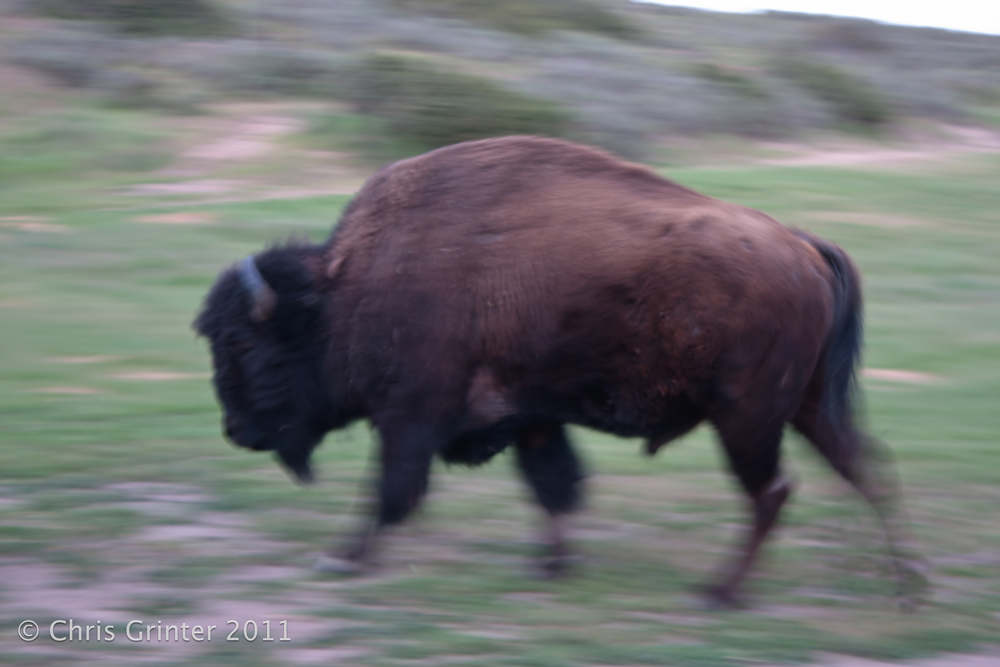
על ידי כריס Grinter, על 8 מרס, 2011 [cetsEmbedGmap src = http://maps.google.com/maps?ll = 33.393039, -118.416824&SPN = 0.359452,0.715485&= H t&z = 11 width = 600 height = 330 marginwidth = 0 marginheight = 0 frameborder = 0 גלילה = אוטומטי]
מחר בבוקר אני יוצא ל 10 יום איסוף טיול למטה אי קטלינה. היה לי מזל מספיק כדי להיות מוזמן להצטרף ד"ר. ג'רי פאוול של אוניברסיטת ברקלי בסקר עש, וזו תהיה הפעם הראשונה שלי לכל אחד מהאיים. איי התעלה ידועים ברמות האנדמיות הגבוהות שלהם, ואף אחד לא מפורסם יותר מה שועל אי התעלה. יש גם קומץ של פרפרים ועשים אנדמיים שאקווה למצוא, אבל לכל הפחות אני יודע שזו עונת פרחי הבר ויש לי את המצלמה שלי.
סביר להניח שתהיה לי גישה מועטה או לא לאינטרנט בזמן השהייה באי, אז תחזיקו חזק במשך שבוע. לו הייתי מתכנן מראש הייתי מתזמן פוסטים או מחבר אורח! אנא הישאר מעודכן לכמה מהתמונות הראשונות שלי של 2011 עונת השדה.
על ידי כריס Grinter, on March 3rd, 2011 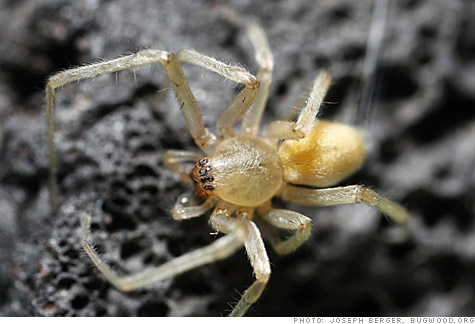
כנראה something in the Mazda 6 fuel line is warm and inviting for the yellow sac spider, enough so that they are building webs over the vent systems of the 4 cylinder vehicles (and not the 6!). The problem has been deemed a “spider infestation” by the car company, and the clogged vent lines then can lead to a cracked gas tank and the possibility of a fire.
“A certain type of spider may weave a web in the evaporative canister vent line and this may cause a restriction of the line”
So far only 20 cases are confirmed, but this problem is prolific enough that it has lead to a recall of over 52,000 sedans! I think it’s high time the major car companies hire entomology consultants – after all, my retainer would be a lot less than the cost of that recall…
I consulted with our resident team of arachnologists here at the CAS, and the above image does appear to be a sac spider. It’s too hard to tell from the image, but it’s probably not an egregious taxonomic failure.
|
ספקנות
|














